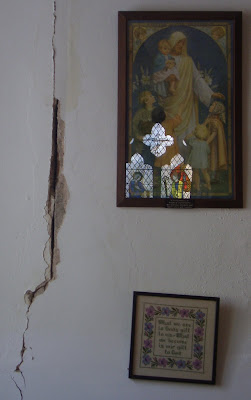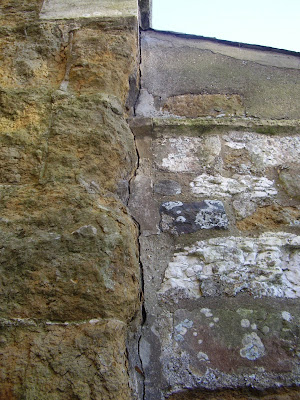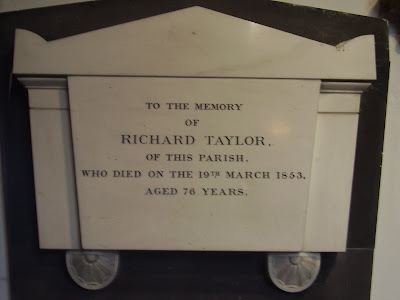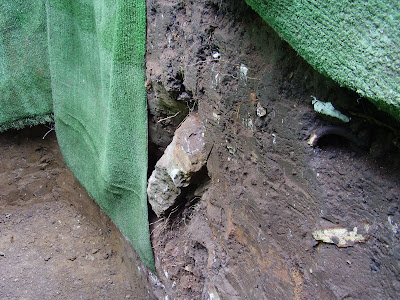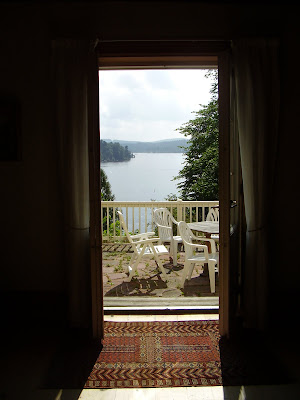
The introduction of the new form of clergy tenure is not a neutral act. As we work in turn through the required processes of role description, ministerial development review, stating objectives and targeted professional training, and do so alongside provision for capability procedures, grievance procedures and redundancy, we buy into all the implicit values of a very specific form of modern personnel management.
This may all look very innocent - and an alternative to such safeguards of purposeless, unreflective ineffectual drifting is hardly to be commended - but every theologian knows very well how alien world views smuggle themselves in and distort our perceptions. We can see very clearly how often prevailing social norms have shaped aspects of minister’s self understanding and action in the past; I have an increasing dread that in my turn those who look back at me will marvel at my capitulation to a wider culture of everything from tight mission statements to line management as if it is all self evidently helpful, Christian and necessary.
This week our newish Curate was discussing Common Tenure, so, after she had gone, I dug out again some work which Professor Stephen Pattison (who was involved in my training in the 1980s) did in the 1990s. He had observed at first hand the unpleasant side effects of giving the necessary goods of management first place in the National Health Service. He tried to analyse what were the implicit values involved which most contentiously included
... a few of the fundamental beliefs and doctrines that seem to lie within much managerial practice:
the world and other people exist for the benefit of organisational survival, exploitation and expansion;
human beings can control the world and create a better future if they use the right techniques;
individuals must be subordinate to greater goals decided by their superiors;
relationships are fundamentally hierarchical and require clear lines of upward accountability and downward responsibility;
the nature and condition of work should be such as to extract the maximum from the employee;
everything worth doing can in some way be measured;
the future can be planned and colonised.He doesn’t say that these understandings are implicit in all management practice, still less in most management theory, but he alerts us to how counter Gospel and even heretical anything which isolates narrow specific human perceptions, clarity, control and goals can be.
He doesn’t attack the integrity of most managers, still less the usefulness of taking care in organisation and planning, but he warns us that if we are going to use tools which have been shaped by often hidden secular assumptions then we ought at least to be fully aware that this is what we are doing.
I’m thankful that, for example, much of our ‘Ministerial Development Review’ language is about affirmation, episcopal awareness of the pressures we are under, encouragement, support, and vocational discernment and development. Nevertheless, I’m not sure that we see how dangerous or distorting it can be to deliver such things through processes some of which have not been developed for such purposes.
We saw the modern Green Man at St Edmundsbury Cathedral in Half Term.
 St Nicolas’ appears to have had a clerestory and a south porch ahead of the major restoration in 1865 (at least, I assume that is when the changes were made, as I also assume other changes were made at the time including the insertion of a plaster mock chancel arch which was then taken out in about 1900).
St Nicolas’ appears to have had a clerestory and a south porch ahead of the major restoration in 1865 (at least, I assume that is when the changes were made, as I also assume other changes were made at the time including the insertion of a plaster mock chancel arch which was then taken out in about 1900). 





